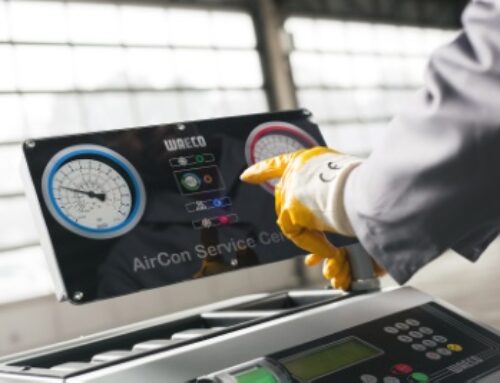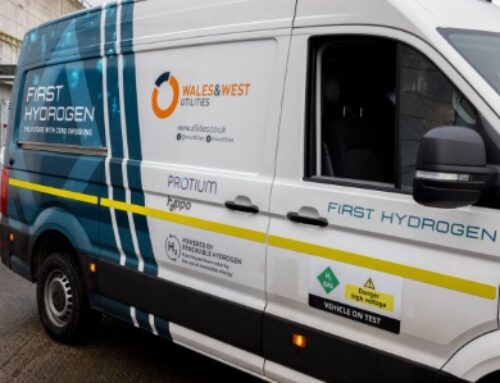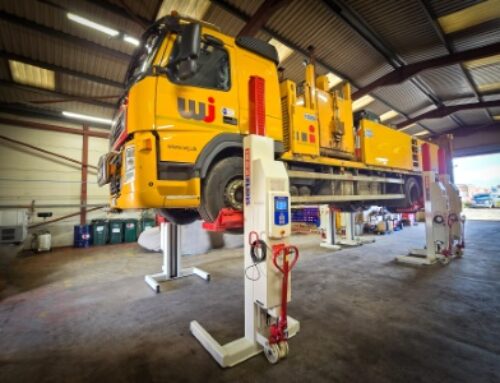Time to get serious about tackling drug driving?
 Dr Paul Yates of Intelligent Fingerprinting explains the benefits of the company’s drug testing solution
Dr Paul Yates of Intelligent Fingerprinting explains the benefits of the company’s drug testing solution
EU drug research has found that the UK is Europe’s biggest user of cocaine, while others have reported that some 1.5 million people in Britain are dependent on benzodiazepine through prescribed drugs.
Government research also suggests that one in eight people under 35 uses cannabis, while the Fleet Operator Recognition Scheme (FORS) recently reported that approximately 60-70 per cent of substance users are in full-time employment.
Analysis from the National Road Policing Intelligence Forum (NRPIF) has found that drugs can affect driving in a number of ways, including slow reaction times, erratic and aggressive behaviour, an inability to concentrate properly, nausea, hallucinations, panic attacks, paranoia and tremors as well as dizziness and fatigue.
So, any increase in drug driving should be a matter of concern for all employers, particularly in HGV and PSV operations where any levels of driver impairment are of huge concern.
The growth in drug use and drug driving means that businesses can no longer ignore the issue. According to BookMyGarage.com research, the number of drug driving charges across England and Wales increased by 125 per cent between 2015 and 2020.
Workplace drug use can not only put the wellbeing of individual employees at risk, but also their colleagues and the general public – particularly in key sectors such as public transport or logistics.
Employee drug testing has an important role to play in underpinning an active and effective workplace drug policy. Testing regimes can vary and they need to be clearly defined within a company’s policy. These can range from pre-employment screens to post-incident or for cause investigations, and may also include random testing of all employees – or simply those in safety-critical roles.
Firms need to think carefully about selecting the drug testing approach that best meets their own specific requirements.
Workplace drug testers will know, for example, that the longer window of detection offered by urine tests can be less beneficial for fitness for duty testing as drug use several days earlier – at the weekend, for example – may be detected, even though the employee is no longer under the influence at the time of testing.
For urine-based tests, sample collection is sometimes observed in order to reduce the chance of sample adulteration or substitution. This requires gender-specific staff and specially prepared collection areas, not only increasing the cost of screening but also limiting an employer’s ability to carry out spontaneous or off-site tests.
While oral fluid (saliva) testing is simpler and more versatile than urine screening, saliva remains a biohazard and can prove difficult to collect if an individual has a dry mouth – a common side effect of many drugs, both illicit and clinically prescribed.
Many organisations have also found these traditional drug testing methods challenging to operate during the pandemic.
If organisations are to remove some of the barriers that get in the way of more flexible testing for drug driving, then a simpler, quicker, more cost-effective and less invasive approach to workplace drug testing is needed.
Intelligent Fingerprinting’s non-invasive drug testing solution, based on fingerprint sweat analysis, brings new levels of convenience, hygiene and speed to workplace drug testing – making it an ideal solution for drug driving tests for all companies that have staff who drive for business.
Using a compact, portable reader and the tamper-evident drug screening cartridge, it takes under a minute to collect the fingerprint sweat sample, with on-screen test results for cocaine, opiates, cannabis and methamphetamine provided in ten minutes.
Key benefits include a hygienic, non-invasive approach that is not only portable but also makes anytime almost anywhere testing a reality. Fingerprint testing also features a shorter window of detection – within around 16 hours of the test – that provides a clearer insight into fitness for duty at the time of the test, making it ideal for workplace screening.
ParkerSteel, a leading UK steel stockholder and processor, is deploying fingerprint drug screening to encourage adherence to the company’s drug safety policy by employees.
The company is focused on ensuring that employees are fit for work, and the fingerprint drug test provides a quick and dignified way of identifying potential employee drug misuse in the period immediately prior to their working shift.
ParkerSteel has found that this screening approach gives them significantly better insight into possible impairment than the urine test it was using previously.











